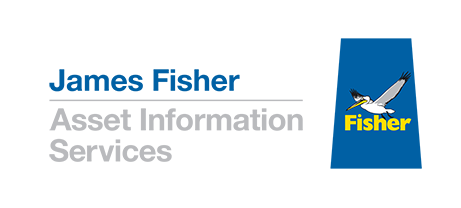Challenge
A leading Indonesian offshore transshipment operator faced significant operational challenges in managing its fleet of transshipper vessels. These vessels, stationed tens to hundreds of miles offshore, operate 24/7 with a minimal crew of around 35 people. Their role is to receive coal from smaller coastal vessels, blend different grades as per client requirements, and transfer the material onto motherships bound for India and China.
The primary issue was a lack of visibility into the onboard machinery and systems, including conveyor belts, cranes, generators, and hydraulic systems. Maintenance and troubleshooting relied heavily on shore-based engineers travelling offshore, a costly and time-consuming process. Often, these trips resulted in inefficiencies due to inadequate pre-diagnosis of technical issues. The inability to remotely assess asset conditions led to downtime, production delays, and increased operational risk.
With nine additional transshipper vessels operating under similar conditions, the client sought a solution to enhance remote asset visibility, improve collaboration between onshore and offshore teams, and ultimately reduce unplanned downtime.
Solution
To address these challenges, the R2S digital twin platform was deployed to create a comprehensive, interactive visualisation of the transshipper vessel.
- Rapid Deployment – The initial asset was captured within six days, with the digital twin built in approximately 10 days.
- Data Integration – The platform enables layering of essential data, including tagged PDFs, URL connections to dashboards for sensor readings (e.g., heat, temperature, vibration), and potential API integrations with CMMS and ERP systems.
- Enhanced Collaboration – The solution facilitates seamless interaction between offshore crew and onshore engineers, ensuring accurate issue diagnosis before dispatching personnel.
- Cultural Change Programme – A structured stakeholder engagement strategy ensures adoption across the client’s organisation and supply chain, supporting the transition from manual processes to digital workflows.
Impact
- Reduction in Unnecessary Deployments – Improved visibility minimises the need for costly and time-consuming offshore trips for troubleshooting.
- Increased Asset Uptime – A proactive maintenance approach ensures better asset availability, reducing production delays and contract risks.
- Improved Knowledge Management – The digital twin serves as a centralised knowledge base, supporting both operational teams and new personnel onboarding.
- Greater Supply Chain Collaboration – The platform extends beyond the client’s internal teams, allowing vendors and contractors to access critical asset data for more efficient service delivery.
- Optimised Use of IoT Data – By mapping equipment locations with live sensor feeds, the client gains deeper insight into asset performance, leading to more informed decision-making.
Future Prospects
The success of this initial deployment sets the foundation for further expansion. With nine additional transshipper vessels in the fleet, the client aims to scale the solution across all assets. Future phases will focus on deeper integration with existing operational systems, enabling seamless data flow between R2S and the client’s CMMS, ERP, and IoT platforms. By leveraging digital twin technology, the client is transforming offshore asset management—driving operational efficiency, enhancing decision-making, and reducing costly downtime.



 Read James Fisher and Sons plc's latest Annual Report
Read James Fisher and Sons plc's latest Annual Report